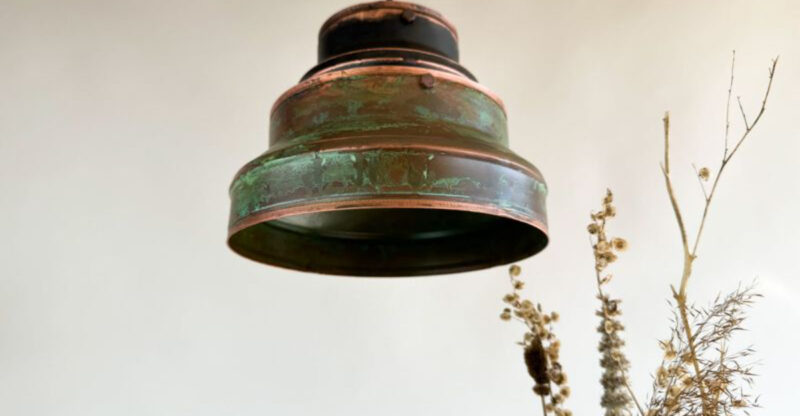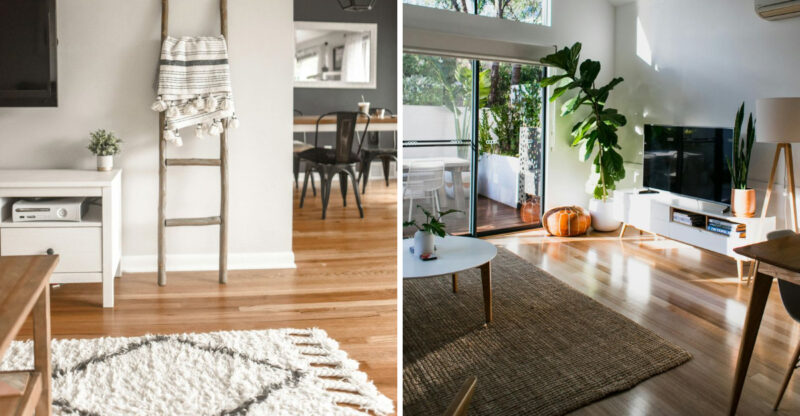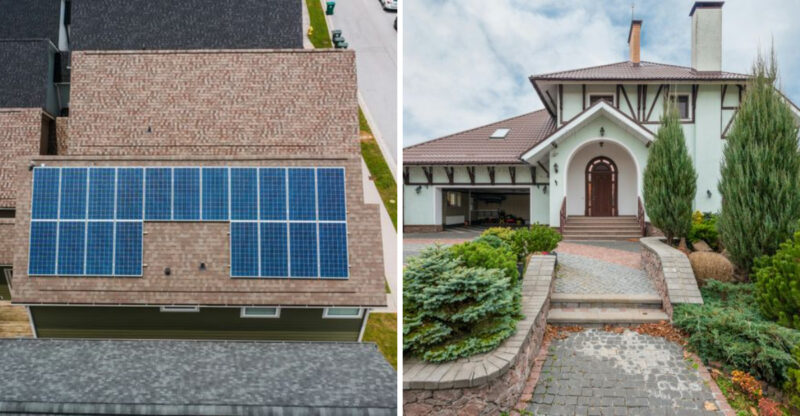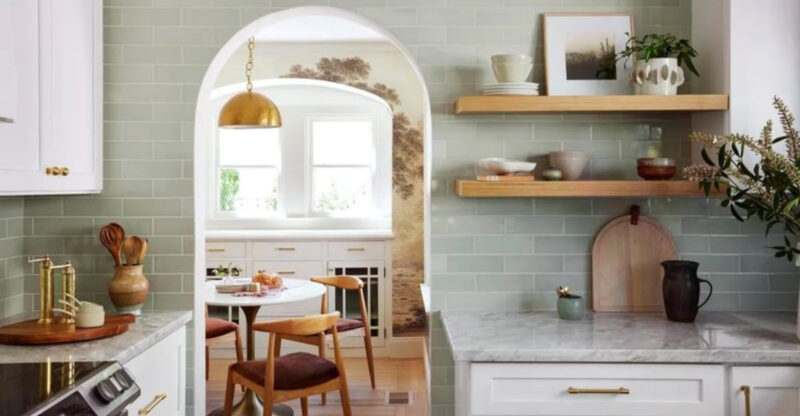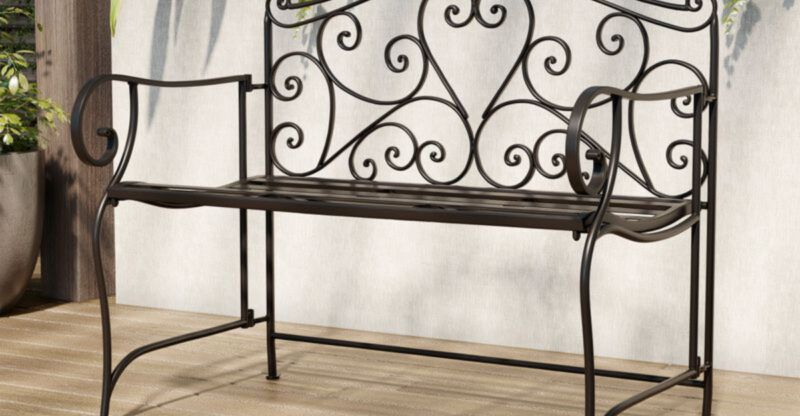10 Ways Mid-Century Modern and Victorian Homes Compare In 2025’s Housing Market
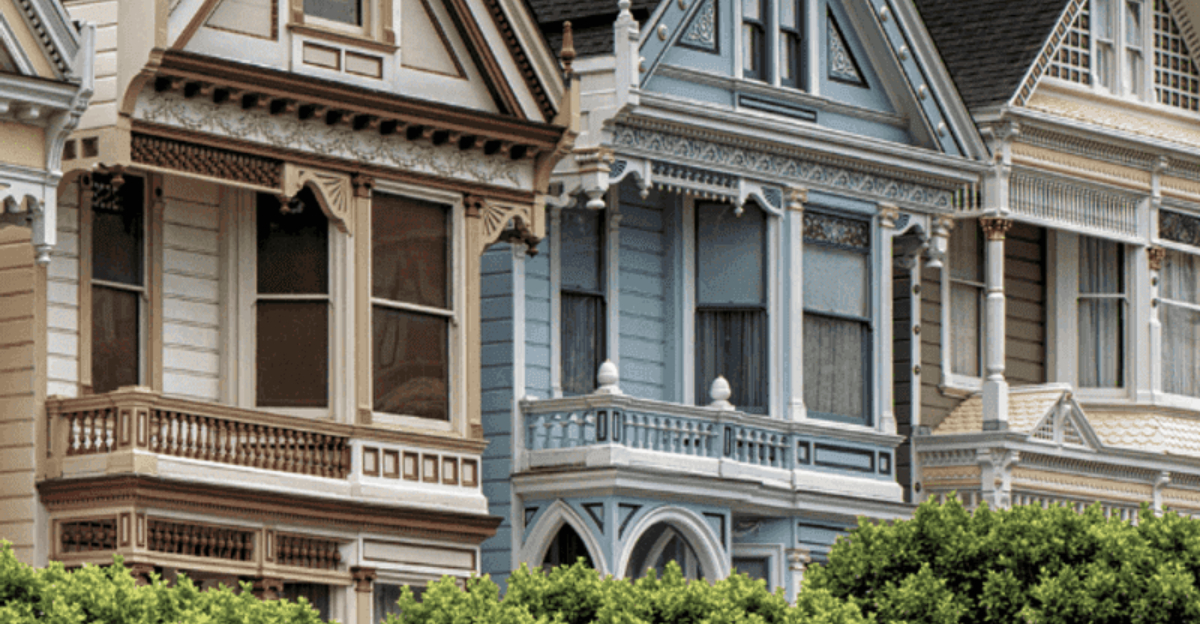
The 2025 housing market is seeing a stylish showdown: Mid-Century Modern vs. Victorian homes. These two iconic architectural styles each offer something unique clean lines and retro flair on one side, ornate charm and historical depth on the other.
As buyer preferences evolve and smart-home tech becomes the norm, understanding how these classics fit into today’s real estate landscape is more important than ever.
Whether you’re house hunting or investing, this side-by-side comparison will help you navigate which timeless style best fits your goals and your taste.
1. Architectural Appeal
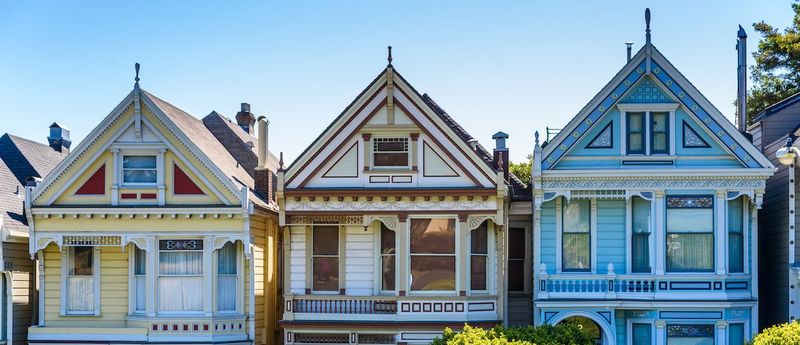
Mid-Century Modern homes charm buyers with their clean lines and indoor-outdoor flow, while Victorian properties dazzle with ornate details and romantic turrets. The contrast couldn’t be more striking in 2025’s market!
Young professionals typically gravitate toward the sleek, minimalist aesthetic of Mid-Century designs, appreciating their emphasis on functionality and connection with nature. Meanwhile, history enthusiasts and those seeking character often fall in love with Victorian homes’ elaborate trim work, high ceilings, and storybook appearance.
Interestingly, hybrid designs incorporating elements from both styles have emerged as a niche trend, allowing homeowners to enjoy Victorian craftsmanship alongside Mid-Century openness.
2. Appreciation Rates
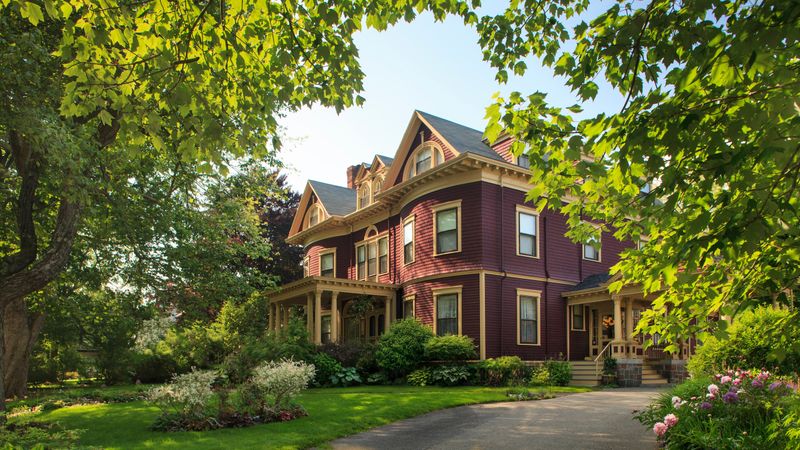
Market data from early 2025 reveals fascinating trends in how these architectural styles hold value. Mid-Century Modern homes have seen steady 8-12% annual appreciation in urban centers, particularly in tech-hub cities where their efficient use of space appeals to young professionals.
Victorian homes show more variable appreciation patterns, with rates ranging from 5-15% depending on location and condition. Perfectly preserved or thoughtfully updated Victorians in historic districts command premium prices and appreciate faster than their counterparts in transitional neighborhoods.
Where these styles coexist in the same neighborhood, the appreciation gap has narrowed compared to previous decades, suggesting buyers increasingly value both architectural traditions equally.
3. Renovation Complexity
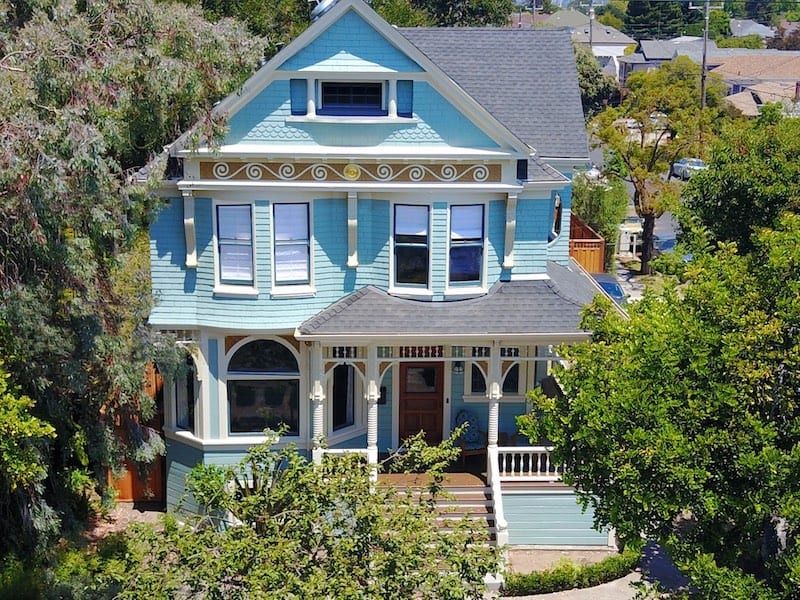
Transforming a Victorian home often involves navigating complex preservation guidelines and finding specialized craftspeople who understand period-appropriate techniques. These renovations typically cost 15-30% more than comparable updates to newer properties due to the intricate detailing and materials required.
Mid-Century Modern renovations present different challenges, focusing on preserving architectural integrity while upgrading dated systems. Finding authentic replacement materials for distinctive features like terrazzo floors or custom cabinetry can be surprisingly difficult.
Both styles benefit from 2025’s renovation technologies, including 3D-printed architectural elements and AI-powered design tools that help homeowners visualize changes before making costly commitments.
4. Energy Efficiency
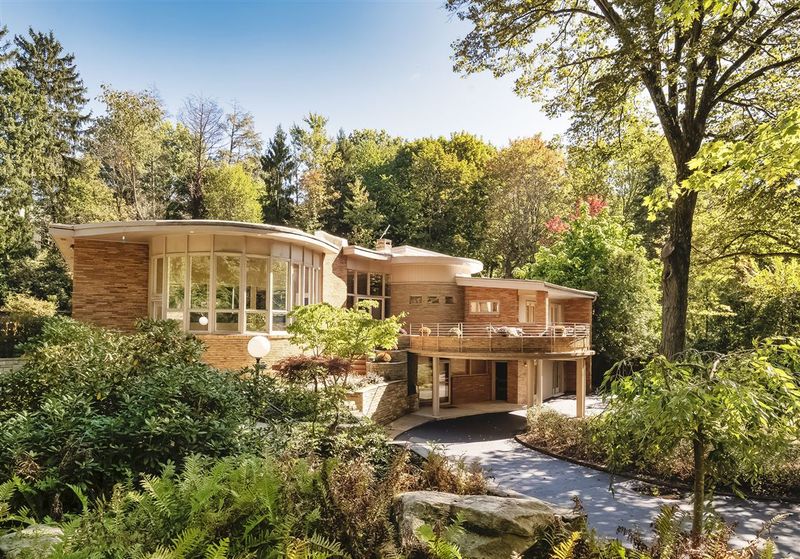
Victorian homes historically struggled with energy performance, but 2025’s retrofitting options have dramatically closed this gap. New aerogel insulation products specially designed for historic properties allow homeowners to improve efficiency without altering character-defining features.
Mid-Century Modern designs often have an advantage with their larger windows oriented for passive solar gain, though their original single-pane glass and minimal insulation required updating. The open floor plans make whole-home climate control more efficient once properly sealed and insulated.
Smart home integration has become a game-changer for both styles, with AI systems optimizing energy use based on occupancy patterns and weather conditions, reducing consumption by up to 40% compared to 2020 levels.
5. Historical Significance
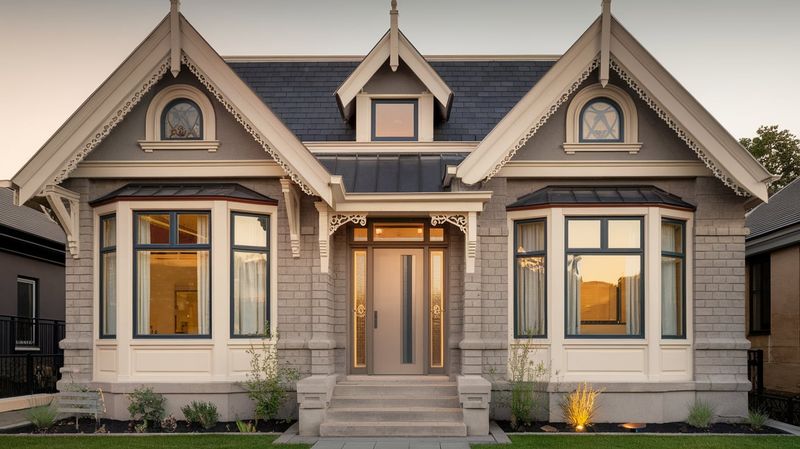
Historical designation affects these architectural styles differently in 2025’s market. Victorian homes, often 100+ years old, frequently qualify for local or national historic registers, bringing both prestige and restrictions that impact market value.
Mid-Century Modern properties, now reaching 75+ years of age, have gained significant historical recognition over the past decade. Preservation organizations have successfully advocated for protecting notable examples of this more recent architectural movement, especially those designed by renowned architects.
Buyers increasingly recognize the cultural value of both styles, with 2025 surveys showing 68% of homebuyers willing to pay a premium for properties with official historical designation regardless of architectural style – up from just 42% in 2020.
6. Neighborhood Demand
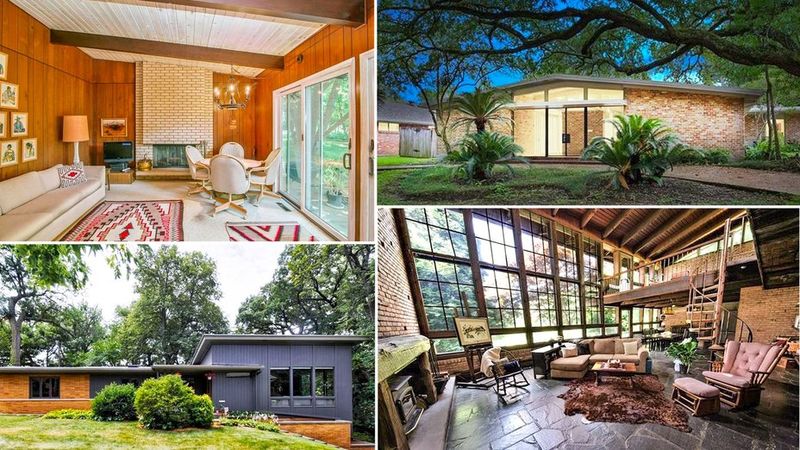
Location patterns reveal fascinating differences in where these architectural styles thrive in 2025. Victorian homes dominate established historic districts near city centers, commanding premium prices from buyers seeking walkable neighborhoods with character and community.
Mid-Century Modern properties cluster in first-ring suburbs and planned communities, attracting design enthusiasts and families who value their typically larger lots and connection to outdoor spaces. The pandemic-driven exodus to suburbs has particularly benefited these neighborhoods.
Areas featuring a mix of both styles have become especially desirable, offering architectural diversity that appeals to eclectic tastes. Real estate data shows these mixed historic districts experiencing 22% faster sales than homogeneous neighborhoods, regardless of which style predominates.
7. Maintenance Costs
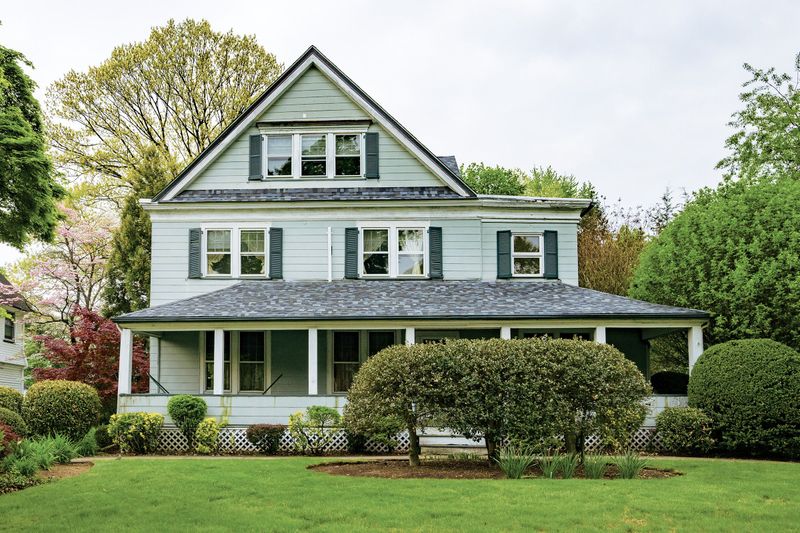
Maintaining a Victorian home in 2025 typically requires specialized care for ornate woodwork, slate roofs, and decorative plasterwork. Annual maintenance costs average $8,500-15,000 depending on size and condition, though new preservation-focused subscription services have made budgeting more predictable.
Mid-Century Modern homes generally demand less ornamental upkeep but face unique challenges with their distinctive materials. Flat or low-pitched roofs need regular attention, while large glass panels and specialized finishes require careful maintenance, averaging $6,000-12,000 annually.
Climate change has intensified maintenance needs for both styles, with extreme weather events forcing homeowners to invest in resilience upgrades like enhanced drainage systems and storm-resistant windows designed to preserve architectural integrity.
8. Functional Layout
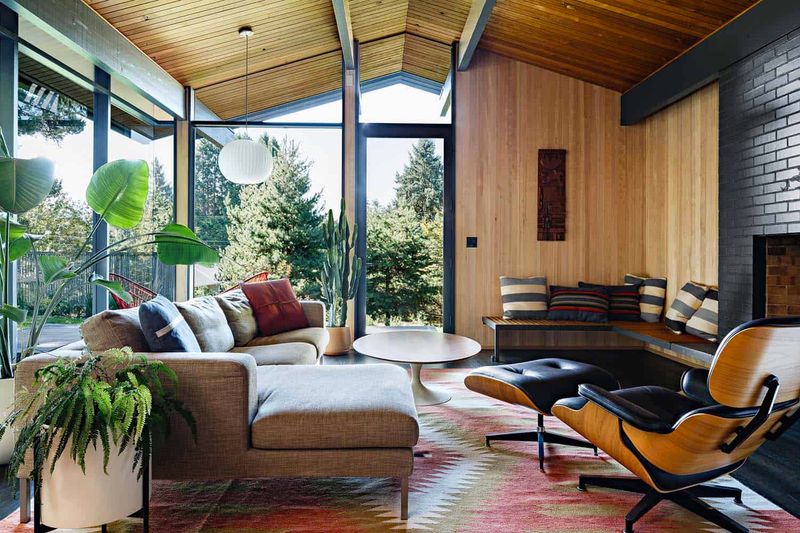
Victorian homes feature compartmentalized layouts that have found surprising relevance in post-pandemic life. Their numerous smaller rooms offer dedicated spaces for home offices, virtual learning, and hobby areas – addressing needs that became essential after 2020.
Mid-Century Modern designs showcase open floor plans that promote family togetherness and entertainment. The seamless indoor-outdoor connection through large glass doors and windows provides expanded living space, increasingly valued as outdoor lifestyle emphasis grows.
Hybrid solutions have become popular in both styles, with Victorian homeowners selectively removing walls between formal dining rooms and kitchens, while Mid-Century Modern dwellers add sliding partition systems to create flexible privacy when needed without compromising the open aesthetic.
9. Style Popularity
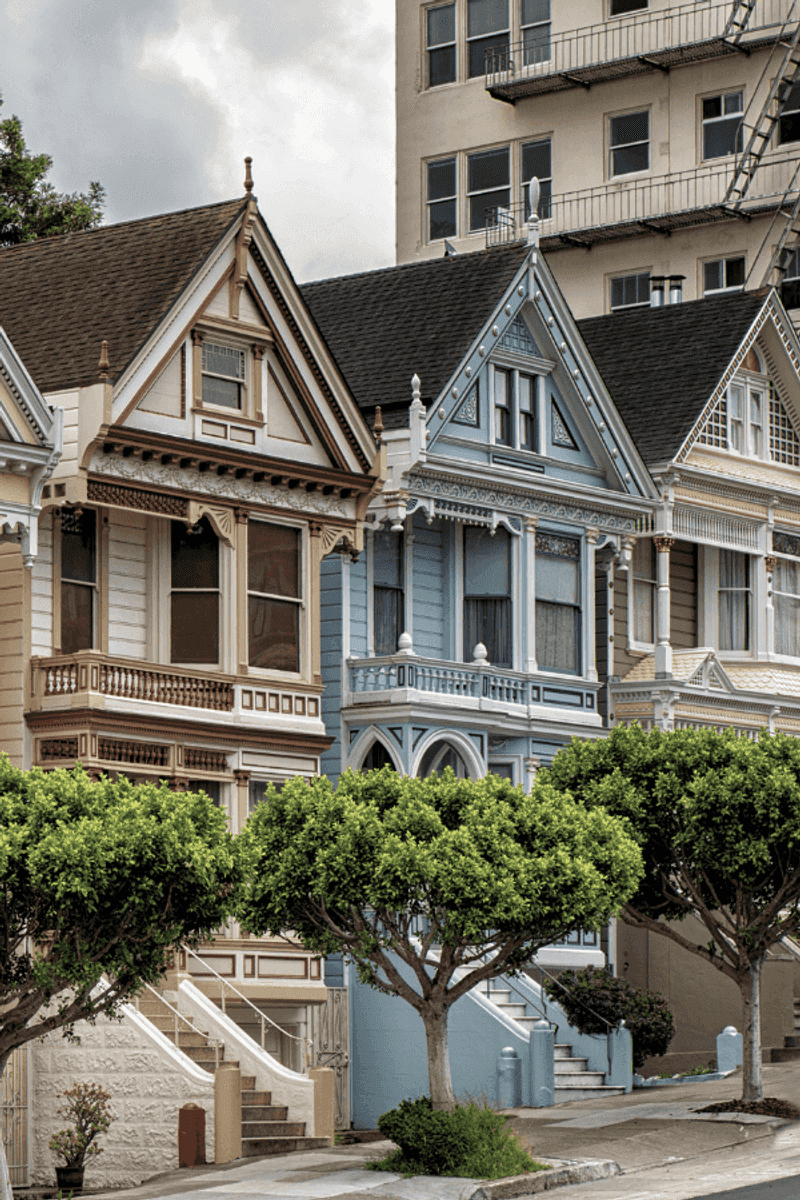
Social media analysis reveals fascinating generational preferences in 2025’s market. Millennials and Gen Z buyers show strong affinity for Mid-Century Modern aesthetics, drawn to their connection with nature, clean lines, and design philosophy that aligns with minimalist and sustainable values.
Victorian homes enjoy passionate support from diverse age groups who appreciate their craftsmanship, uniqueness, and romantic character. The maximalist design trend has particularly boosted Victorian appeal among younger buyers previously assumed to prefer modern aesthetics.
Regional variations persist, with Mid-Century Modern dominating western markets while Victorian homes maintain stronger presence in northeastern and southern regions. However, both styles have seen growing interest nationwide as remote work allows buyers to relocate based on housing preferences rather than job location.
10. Resale Value
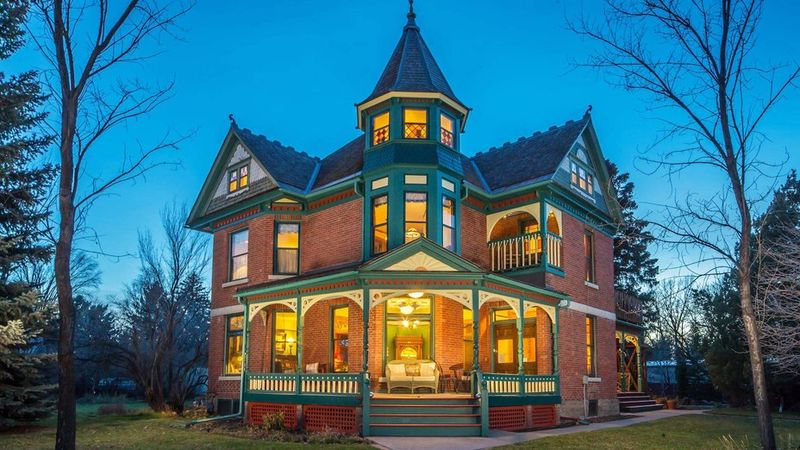
Average days-on-market statistics from 2025 show well-maintained examples of both architectural styles selling faster than contemporary homes. Victorian properties typically sell within 22 days when updated with modern conveniences while preserving period details, compared to the market average of 38 days.
Mid-Century Modern homes with authentic restoration and tasteful updates move even quicker, averaging just 18 days on market. Their particular appeal to design-conscious buyers creates competitive bidding situations, often driving final prices 5-10% above asking.
Location significantly impacts these patterns, with Victorian homes in walkable urban settings and Mid-Century properties in sought-after school districts commanding the strongest resale premiums regardless of current design trends.

